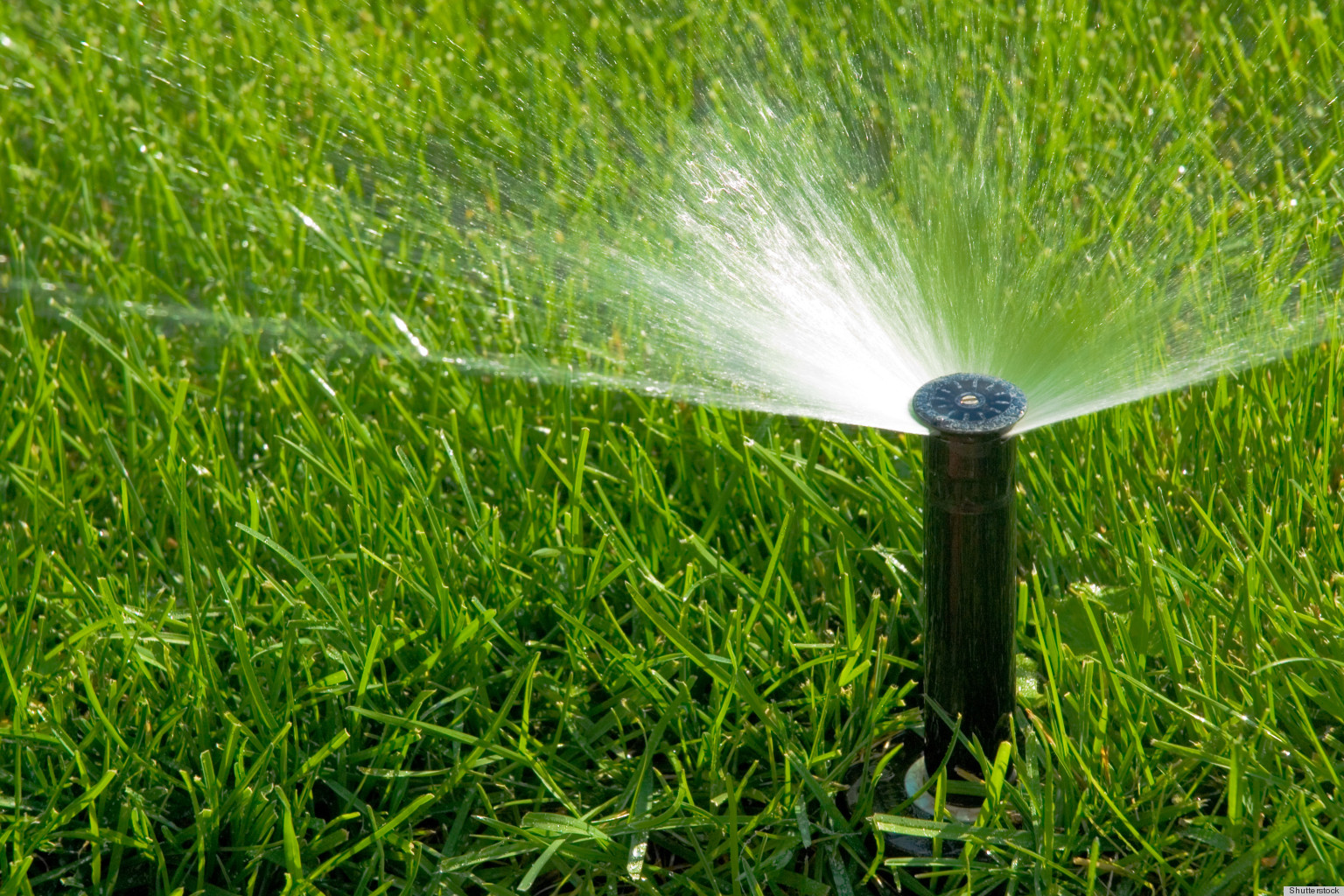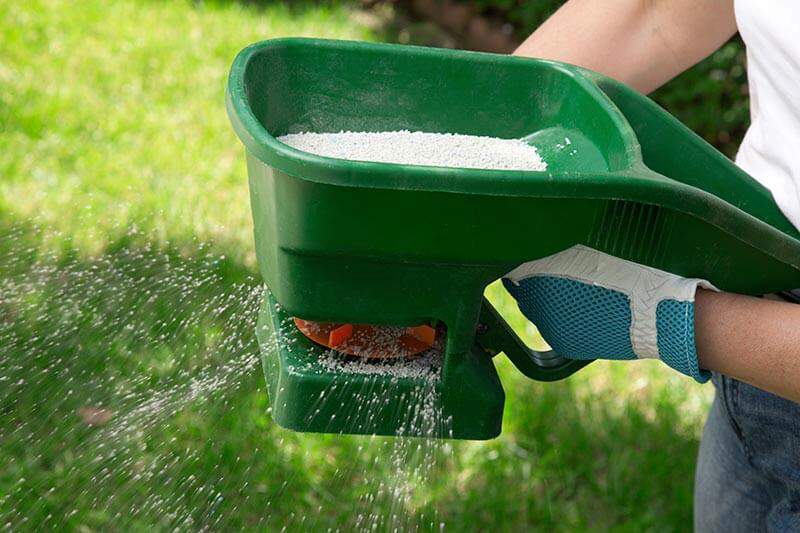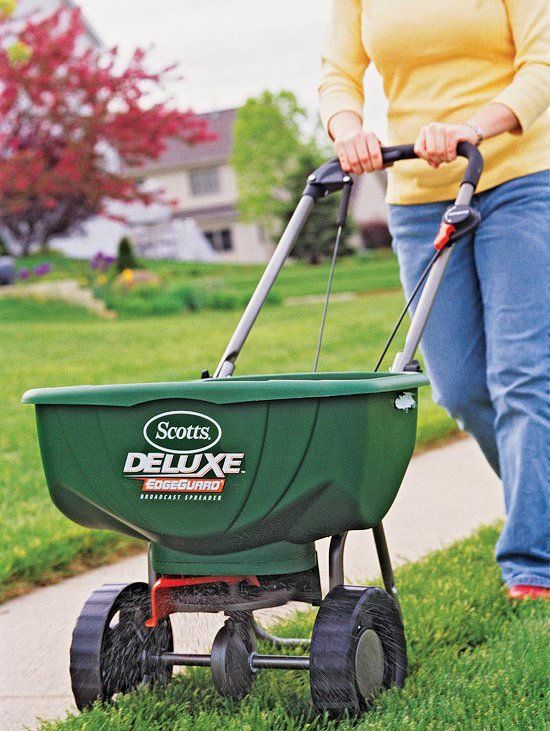The greenery outside one’s house adds beauty to that place. A beautiful lawn is a symbol of care and how deeply you are connected to nature. A lawn is also the first playing ground for kids. So, we must make sure that it is a beautiful yet healthy place for them. So, there might be a question arising in your mind. How often to fertilize the lawn for best results?
Fertilizing the lawn is very important to make sure that your grass is growing well and green. It also keeps the growth of harmful weed out of your lawn. If not taken proper care of, your green grass may turn into hay. Plus, it might invite a lot of insects to your lawn, feeding on your grass.
Fertilizing in a proper amount is also important. Fertilizing hardly any time of the year might not give the results you are looking for. But at the same time, fertilizing the lawn too often weakens the root system of the grass, and increases the damage caused by insects. It may also result in rapid growth which will eventually ask for more water, damaging the whole growth system of your lawn.
So how often to fertilize the lawn? Here we will give you some tips, pros, and cons of fertilizing the lawn. If followed, your lawn will turn out to be beautiful than ever. Let us get started.
1. Seasons and Timing

The first thing to pay attention to is the time to fertilize the lawn. For healthy growth in your lawn, it is suggested to fertilize your lawn about 4 times a year.
The first feeding should be given just when the spring starts, around mid-March to the first week of April. This feeding will act as a support system for the roots and will strengthen them. Fertilizing during this time keeps the weeds and crabgrass away from the lawn.
The second time the lawn should be fertilized is four to five weeks after the spring. This feeding provides extra nourishment which the grassland needs. It destroys the different species of weed like white clover, nutgrass, dandelion, etc. it also makes the root and shoots system stronger, giving your lawn a greener and beautiful growth.
The third feeding should be given during summers and after summers. The harmful summer rays are harsh on the grass making it dry and pale. The third feeding promotes the growth of roots deep into the soil, improving the efficiency of the grass to absorb more water during dry conditions. Also, it helps the grass to tolerate the super hot rays of the sun.
During summers you might have to deal with a lot of insects and bugs, right? Well, fertilizing during that time of the year prevents your lawn from being fed by white grubs, chinch bugs, and fleas. It also keeps the action of worms away.
Last and the most critical one is fall feeding. It is the most vital feeding of all. It must be done around October. During the fall, the roots of the grass move deeper into the soil and they continue to grow. This fertilization prevents the grassland from deficiency of nutrients caused by the broadleaf weed like the dandelion.
The grass improves its damaged conditions caused due to summer rays and heat using the nutrients from this feeding. It also must steel itself for the harsh winters. Fall feeding helps the plants to brace their roots for further growth till spring. In winters, the turf goes through a lot of climatic changes, so it needs special care during that time.
2. Choose the Correct Type of Fertilizer

No matter how often you fertilize your lawn, the quality of fertilizer matters the most. You would want to choose the kind of fertilizer that has a moderate amount of nutrients in it.
The most essential nutrient for the lawn is nitrogen as it plays an important role in the growth process of turf. Other vital nutrients needed are phosphorous and potassium. Phosphorous aids in the development of a healthier root system. So, try giving phosphorous-based treatment to the lawn when the grass has not matured yet. Potassium helps to build strong cells and provides the overall necessary nourishment.
The best thing you can do is to choose a fertilizer that has these nutrients in N20:P5: K10 proportion. You might be thinking what is n, p, and k along with the numbers? Let us make it simpler for you. It implies that you need to choose a fertilizer that contains 20% Nitrogen, 5% phosphorous, and 10% potassium. This will make it easier for you to choose a fertilizer without any complications.
The given proportion is the standard proportion. You can always use the fertilizer with some changes in the proportion according to your soil type, climatic conditions, and grass type.
After knowing how often to fertilize the lawn, let us move towards which fertilizer will give the best results. When it comes to choosing fertilizers, you tend to buy synthetic kinds of fertilizers, which are also called as quick-release fertilizers. These fertilizers are loaded with tons of chemicals and are rich in nitrogen content. The reason is that, as formerly said, nitrogen is the most vital nutrient for the growth of healthy and green grass in the lawn.
As the name suggests, these fertilizers will induce the growth of your lawn quickly. Initially, they work the best. They will cause the rapid growth of your lawn, giving you the quickest results possible. In no time, you will notice a positive change in your lawn. These fertilizers are water-soluble to a greater extent. Hence, they easily get absorbed into any kind of soil.
But after a considerable amount of time, the lawn will slow down its process of growth, causing the growth of pale green or yellowish grass. Then there is no chance of it going back to the fresh and green grass again.
The soil underneath loses its capacity of holding the grass. The amount of vital nutrients in the soil decreases significantly, demanding a greater number of fertilizers by the soil. In other words, synthetic fertilizers make the soil totally dependent on themselves. This may cause the deficiency of those nutrients in the turf, inhibiting further growth. So better use quick-release fertilizers in a very limited amount as they may result in infertility of the soil after some time.
If you want to use the quick-release fertilizers in your lawn, use them initially when there is no growth of turf in your lawn or right after bowing the seeds. This will encourage the growth of strong turf.
Instead, you can use the best alternative to it, organic fertilizers. They are known by different names including controlled-release, metered-release, and commonly as slow-release fertilizers. Slow-release fertilizers are in granulated form. These are totally organic and without any synthetic chemicals in them. They are derived from natural sources like plants and sometimes from the waste materials of animals.
They benefit the soil in many ways. What they do is that they release their nutrients especially nitrogen, into the soil slowly and gradually.
They are insoluble in water and hence do not dissolve in the soil very easily. This persuades the soil to provide nutrients to the grass on its own and the fertilizer does not aid in this action at all. Though this action is a slow and gradual process, it benefits the soil and the grass in the best possible way.
3. Steps to Grow Beautiful Turf in Your Lawn
Steps Before and after fertilizing the lawn are important as the land needs to be prepared for the treatment that is going to be done on it. Besides, knowing the steps to fertilize the lawn, using the proper spreader, and knowing how to use it is essential. We will tell you this process in the easiest way possible.
1. Water the lawn in plenty

By watering the lawn in plenty, we do not mean that you should water the lawn till the soil becomes all damp. Watering it till it becomes wet and moist is just enough. An automatic sprinkler is very handy, and it can water the lawn evenly. But it is not a matter of concern if you do not have one. You can always use the manual method instead.
Avoid prolonged watering in a specific part of the lawn as it will leave some areas dry while some soggy, leading to an uneven distribution of water. Just look for the watering directions on the packet of fertilizer. The time of watering varies according to the grass type and the fertilizer you are using. Some fertilizers demand moist soil before the fertilization process and some later.
But make sure you continue to water the lawn after the grass starts growing. Your lawn needs the proper hydration and moisture once the grass starts growing well.
2. Choose spreader wisely

You can use a hand spreader or drop spreader according to your convenience. A hand spreader is useful if you have a smaller lawn. They are super easy to use. Then comes the drop spreader. It has a fertilizing container rested between two wheels.
If you have a bigger lawn, this is the best choice. You need to be precise while using this spreader. You need to keep moving to make sure the fertilizer does not fall in one place, damaging your turf in that spot.
There are other types available too, like a broadcaster rotary spreader. It sprinkles the fertilizer beyond the wheels.
3. Cover the Borders First

Fertilizing the borders first helps you to plan the middle section properly. It helps in the even distribution of the fertilizer, without missing on the boundaries. Also, it prevents the spreading of fertilizers on the sides of the lawn. If the fertilizer exceeds its spreading area, it causes nothing but extra pollution to the environment and wastage of the fertilizer, wasting extra money.
4. Now It is the Middle Core’s Turn

Walk the spreader in a pattern of straight lines to ensure even distribution and that you do not miss out on any spot. As you keep moving, do not let the fertilizer accumulate in one spot. Try for even distribution of the lawn food for better growth. The amount of fertilizer also matters while fertilizing. The amount of fertilizer used depends upon how often you choose to fertilize the lawn.
So here we conclude our tips on how often to fertilize the lawn. If followed the steps carefully, you may end up having a lawn you always wanted to have. We hope you found your answer to the question ‘how often to fertilize the lawn?’ and the stepwise method to do it. So, what are you waiting for? Go get that bag of fertilizer and start beautifying your very own piece of nature!


I noticed that in a 2021 article about caterpillars you have a picture of an endangered Monarch caterpillar labeled as a tomato hornworm. I am hoping this can be corrected soon. Thank you.